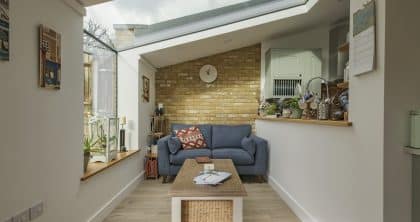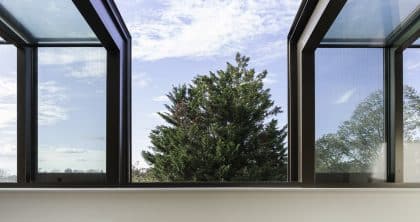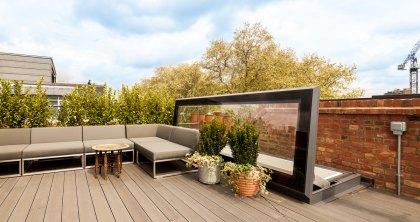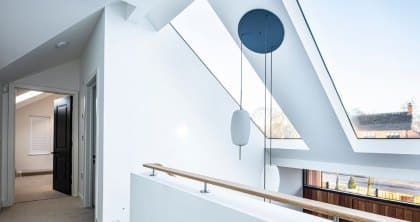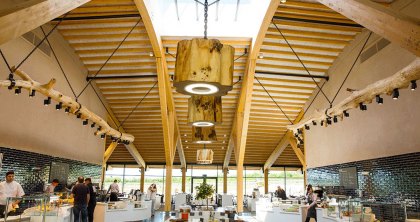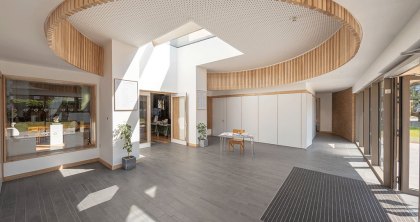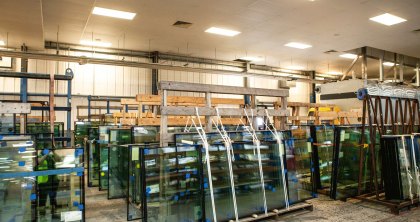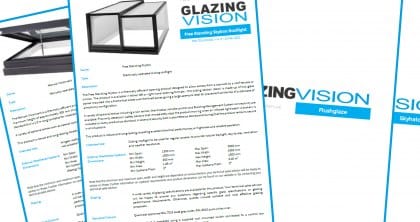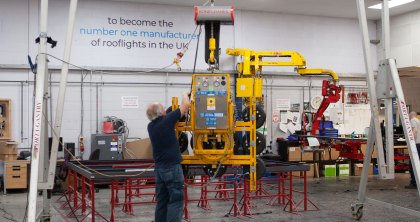Posted on June 5, 2018 in Blog
What is ‘thermal performance’?
When thinking about the energy efficiency of buildings, it’s easy to focus on heat loss through individual elements and forget the wider picture. It’s true that U-values often become the headline figures in a specification, but they are not the sole barometer of performance.
There’s a reason for the relevant section of the building regulations in England, Wales and Northern Ireland being titled ‘Conservation of fuel and power’, and ‘Energy’ in Scotland. Minimising the leakage of warm air from a building is a fundamental part of its design and specification, but it isn’t achieved by low U-values alone.
The regulations for the different parts of the UK aim to achieve broadly the same thing: high levels of energy efficiency and low carbon dioxide emissions.
It used to be possible to specify building fabric that performed relatively poorly, offsetting it through the inclusion of renewable technology. Prominent building physicists describe this as like running a hot bath without putting the plug in first: very inefficient.
What is a fabric first approach?
More recent regulatory updates have effectively moved to put the plug in, shifting the focus toward high performance building fabric. Popularly, this is known as adopting a ‘fabric first’ approach.
Generally speaking, buildings are designed to last – look at the age of some of the properties we occupy, and also consider that 80% of the buildings standing today will still be with us in 2050. Technology will continue developing, achieving greater efficiency over longer service lives, but highly efficient building fabric delivers for the life of the building.
Get the performance wrong and the building will be saddled with it from the outset. A fabric first approach, on the other hand, makes life easy for a building’s owners and occupants. They reap the benefits of comfortable internal conditions and low energy bills, with minimal maintenance required.
During construction, it may appear as if the design and specification has been followed to the letter. However, if insulation or glazing is badly installed, or thermal bridging and airtightness not properly addressed, then the finished building will leak heat, feel draughty, fail to achieve what the calculation results suggest, and risk damp and condensation.
Ultimately, the only fix for these issues might be to accommodate some renewables, moving the project away from a fabric first approach and incurring significant extra cost. While renewable technology is not inherently bad, projects risk being defined by compromises rather than having a coherent, holistic vision implemented from the outset.
Using solar gains to achieve fabric first
In a high performance building specification, the roof structure might have a U-value as low as 0.13 W/m2K. It’s not uncommon for a U-value of 1.4 W/m2K to be expected from glazing, and for a U-value of 1.0 W/m2K to be perceived as very low.
Given the disparity in performance, the temptation might be to keep the inclusion of roof glazing to a minimum – but that would be to ignore the advantages of permitting heat into the building via solar gains. Using the ‘free heat’ of the sun to warm a building reduces its energy demand by using the heating less.
Unfortunately, many properties – and volume housing in particular – are rarely designed to adequately control solar gains, despite solar gains being part of a fabric first approach. Large areas of glazing are made south-facing, without adequate shading, risking overheating and creating a stifling internal environment.
In winter, meanwhile, solar gains help to warm the building, but if the property cannot retain the heat due to poor insulation and/or airtightness then the benefit is rapidly lost.
Sized appropriately and positioned correctly, rooflights and roof windows are an important part of the building fabric – providing good U-values, contributing to a continuous thermal envelope, and helping to take advantage of solar gains throughout the year.
This topic, along with a lot more, is explored in our ‘Thermal Performance of Roof Glazing’ white paper, available to download for free here.

